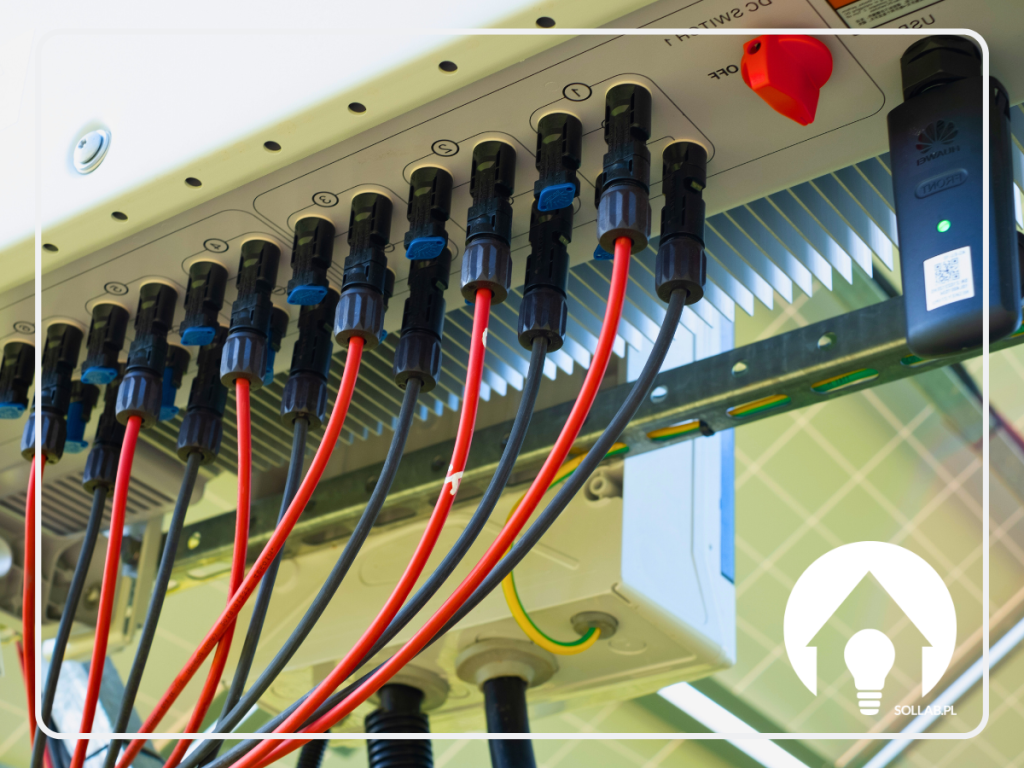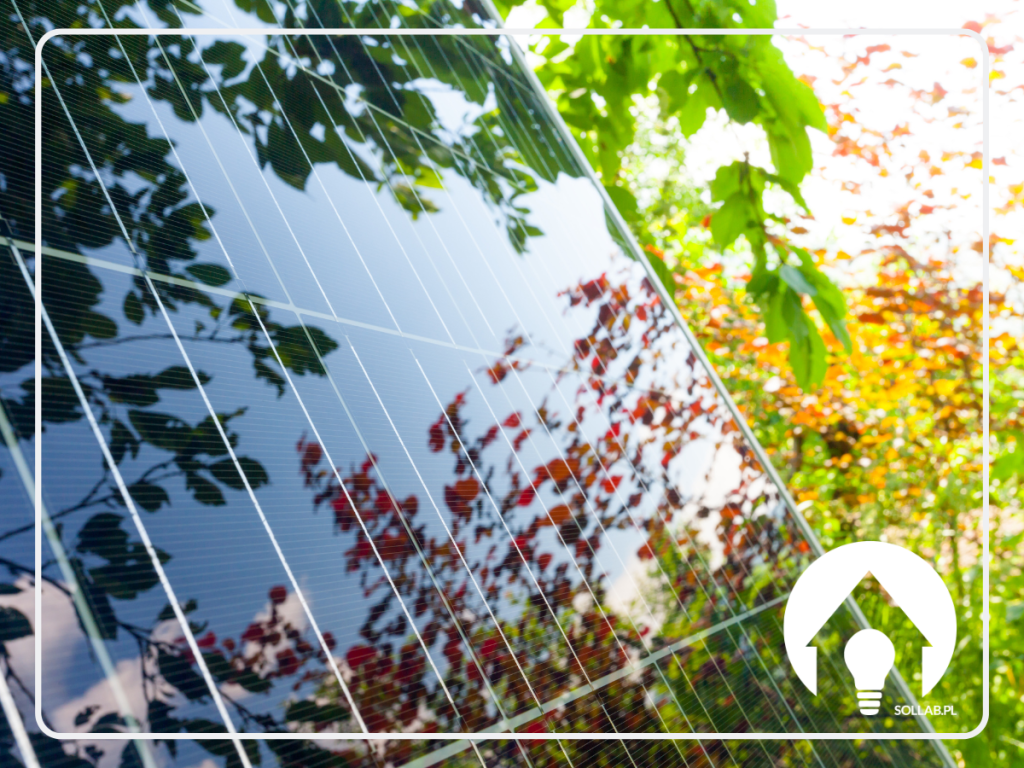The discrepancies in the readings are the responsibility of autoconsumption, i.e. the electricity produced by the photovoltaic installation and used on an ongoing basis for everyday domestic activities.
The inverter reports the total amount of energy produced by the photovoltaic installation, while the meter shows the amount of energy returned to the utility,and therefore that minus autoconsumption.
Self-consumption
Most often, in the average household, self-consumption does not exceed 20-30%. It reaches its lowest level in the summer when it is long bright outside
and a large proportion of residents spend time away from home. This is also when the atmospheric conditions are most favourable for the photovoltaic installation to produce energy, which, however, is largely unused and fed back into the grid.
What more?
We send excess energy to the power utility that we have not used, but we can take back 80% of the transferred energy and use it, for example, during the winter when the photovoltaic installation generates less or no energy. The remaining 20% is collected by the utility as a commission for energy storage. This is how the previous discount system worked for PV installations of 10kWp or less. For larger installations, the commission was this much higher at 30%. As we know, the discount system will soon change, you can read more about this in the article 'Net-billing- new prosumer billing system'.
The most cost-effective solution
All prosumers should therefore plan the operation of household appliances such as washing machines and dryers, as well as air conditioning or electric car chargers
during the day in order to maximise self-consumption so that the energy produced by the 100%'s photovoltaic installation can be used rather than
in the 80% or 70%. This is the most cost-effective solution for all photovoltaic owners.
















